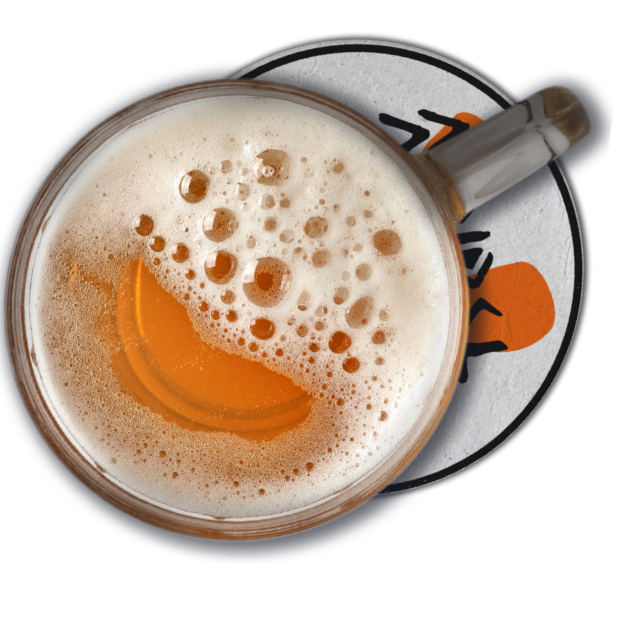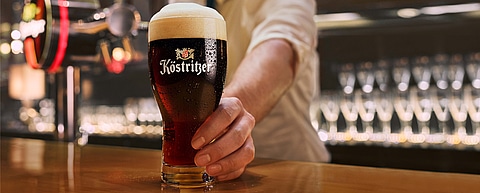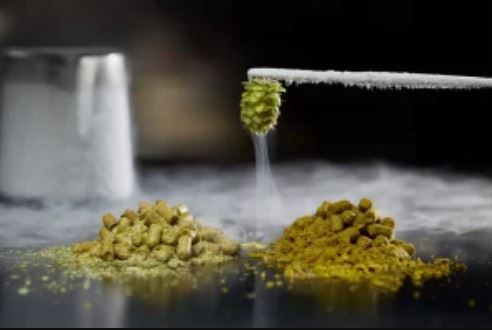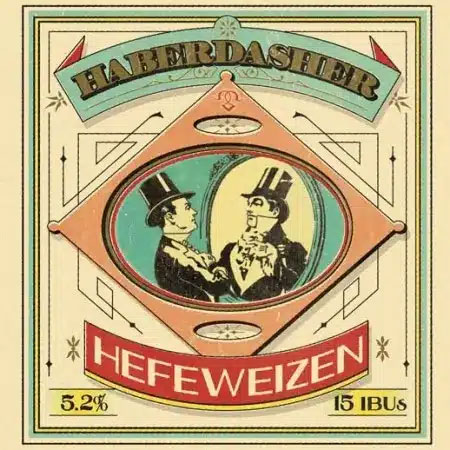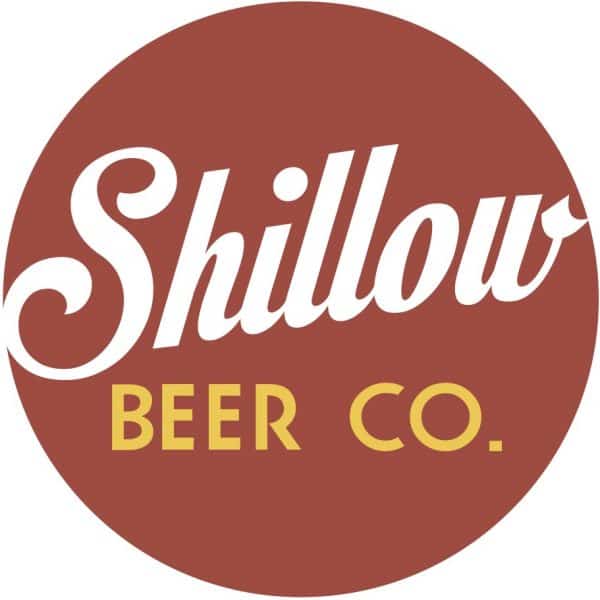
What Is a Gruit? The word “gruit” describes an herb mixture originally used to enrich the flavour of beer before the widespread use of hops. The earliest known reference to gruit dates back to the 10th century from an area now in the Netherlands, Belgium, and northwestern Germany. Historically, a gruit mix was primarily comprised...




